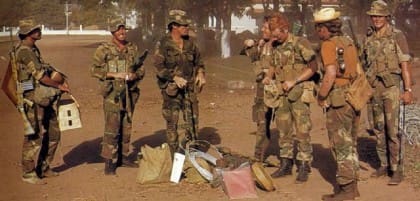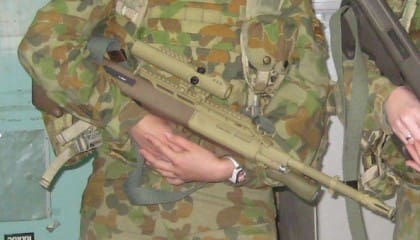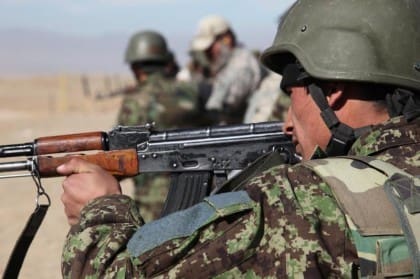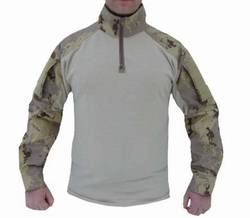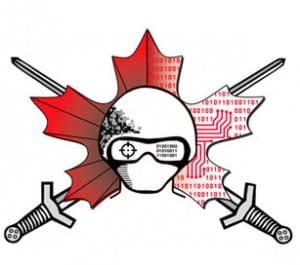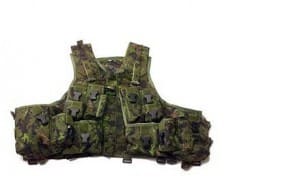Canada has decided to develop a unique urban camo pattern called Canadian Urban Environment Pattern (CUEPAT). Ok, makes sense. But not the why and where. That is where it gets weird. We had to take this straight from the tender:
“The Department of National Defence, Defence Research and Development Canada – Suffield, (DRDC-S), AB, has a requirement to develop a Canadian Urban Environment Pattern (CUEPAT) based on the unique requirements of Canada’s three major metropolitan areas, Vancouver, Toronto and Montreal. The current CBR individual protective equipment (IPE) used by the Canadian military is provided in a woodland or desert camouflage. A camouflage suited to the Canadian urban environment is required when the milatary (sic) operates in urban terrain.”
So essentially, Canada’s equivalent of DTRA is seeking a camo pattern based on domestic urban environments. What’s even more curious is that the pattern is specifically for chem-bio gear. One would think that for domestic CBR defense, one would want to blend in with the local population as much as possible, perhaps as first responders or in items that more closely resemble civilian clothing.
However, what makes this even more interesting is that the tender is the Public Works equivalent of a sole source solicitation. The work is being handed over to Guy Cramer and Co at HyperStealth Biotechnology Corp. So how did they get this sole source contract valued at $24,900.00 C$ (GST extra)? Once again we have to look at the tender.
“The Contractor holds the proprietary right to the advanced fractal algorithms and feed back loop technology to develop non-repeating digital camouflage patterns. HyperStealth Biotechnology Corporation’s design team of Guy Cramer and Timothy R. O’Neill share copyright on approximately 8,000 digital camouflage patterns. Access to this extensive data base for the purposes of developing a new Canadian urban environment camouflage pattern is critical to the success of the project. All Intellectual Property Rights in the Foreground Information shall belong to the Contractor as soon as they come into existence. There are no alternative sources of supply for this requirement as no other Canadian source exists that has the capability to design and develop digital, non-repeating camouflage patterns using state-of-the-art fractal algorithms and feed back loop technology, with concomitant IP protected access to approximately 8,000 copyrighted patterns that can be used in full support of meeting the requirement.”
That’s right, copyright on over 8,000 patterns! Some other nuggets from the solicitation include that the period of performance will be from contract award until March 31, 2010 but may include follow on work. Interestingly, HyperStealth will be allowed to retain the intellectual property developed under this contract.
So the way this is written, it looks like the Canadian government is paying HyperStealth almost 25 large to do work they have already accomplished and they are giving them six months to do it. In the end, the Canadian government will have an urban camo pattern fine tuned for use in their own major cities and applied only to chemical and biological warfare clothing. Like I said; interesting.



